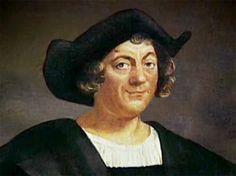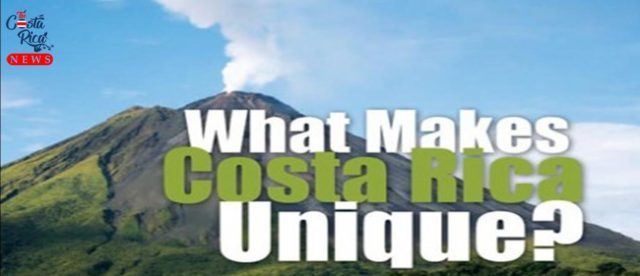On November 10th, 1942, the “Costa Rican School Day” was decreed. This day is considered auspicious to remember the purposes of Costa Rican education founding principles that begin with the following: “Every inhabitant of the Republic has the right to education and the State has the obligation to try to offer it in the widest and most appropriate way”.
The right to education is a fundamental right enshrined in the Universal Declaration of Human Rights; which is why the Political Constitution of Costa Rica considers it as part of a basic need for the formation of the human being and establishes it as obligatory, free and paid for by the State.
History

The history of Education in Costa Rica goes back to the times of the Spanish colonization, when the instruction in the country consisted mostly of religious and political aspects, however, the ideas of the Renaissance, the Enlightenment, Positivism and the French Revolution changed the course of Costa Rican education.
In the beginning, education was only accessible to the Criollos (of direct Spanish descent). The first teacher in the history of Costa Rican education was Father Diego Aguilar, who led the first elementary school and worked in it for more than 40 years.
The Spanish Crown ordered in the seventeenth century the creation of schools in each province of the then General Captaincy of Guatemala, for the literacy of the children of settlers in the Spanish language and for the teaching of Christian doctrine. A century later, the Municipalities of Cartago, San José and Heredia complied with the provisions of the Spanish crown and hired dozens of professors who were often Catholic priests.
In the late eighteenth and early nineteenth centuries, education was limited to teaching the most basic lessons and therefore there was no secondary school or university. Therefore, students had to travel to the Colegio de San Ramón in León Nicaragua or to the University of San Carlos Borromeo in Guatemala.
Dr. Florencio Del Castillo, representative of Costa Rica in the Cortes of Cádiz, played a key role in Costa Rican education since one of his achievements was the creation of schools that taught to read and write indigenous children in the colonized areas. Also as a result of the achievement of Dr. del Castillo, the Teaching House of Santo Tomás was created in 1814, the first institution of higher education in the nation, being taught, among other subjects; Philosophy, Sacred Canons and Moral Theology.
In 1823, while the country belonged to the Central American Federation, Costa Rica had two political statutes in which the obligation of the government to ensure the promotion of public Instruction was established and in 1824 the Federal Constitution granted the Legislative Power of each State the responsibility of directing the teaching of its citizens.
In 1825, the Constitution of the Costa Rican State and the Fundamental Law of the State were approved, which entrusted the latter with the obligation to develop national education. Subsequently, in 1828 the responsibility is entrusted to the Municipalities to evaluate title and appoint the teaching staff of each respective educational center; as well as to watch over the economic expenses and the needs of the students.
On the other hand, education was mainly directed towards men; the woman had very unequal access to education, it is from 1833, which begins the formal instruction to women: they learned the catechism, sewing, embroidery, and all household chores. Most of the women were married and between the ages of twelve and sixteen, in order to achieve a Christian and homely atmosphere.
Francisco María Oreamuno, in 1838 took a huge turn in the education of women in Costa Rica when he first saw the serious problem of illiteracy of women, which allowed in 1840 the right of women to intellectual education as a means to improve their condition and achieve the progress of society in general.
During the second administration of Braulio Carrillo Colina, he proceeded to place education under the authority of the Executive Power, which included in 1841 the Law of Bases and Guarantees, by whose provisions the municipalities were suspended in their educational decision powers and a Senior Political Chief was instituted in each department. At the fall of Carrillo between 1842 and 1843, the Municipalities were restored with this power.
It was with the 1844 Constitution that a chapter dedicated to public education was established; in it was declared that education is a right to all citizens and the State guarantees it by all means through legal provisions. In addition, it is a sacred duty of the government to put all the resources at its disposal to illustrate the people.
In the Constitution of 1847, the chapter on equal education was maintained, but also it was established for the first time, the public instruction of men and women on equal terms at all levels and funded by the State. This same year, the public instruction portfolio is created and basic schooling is declared free.

